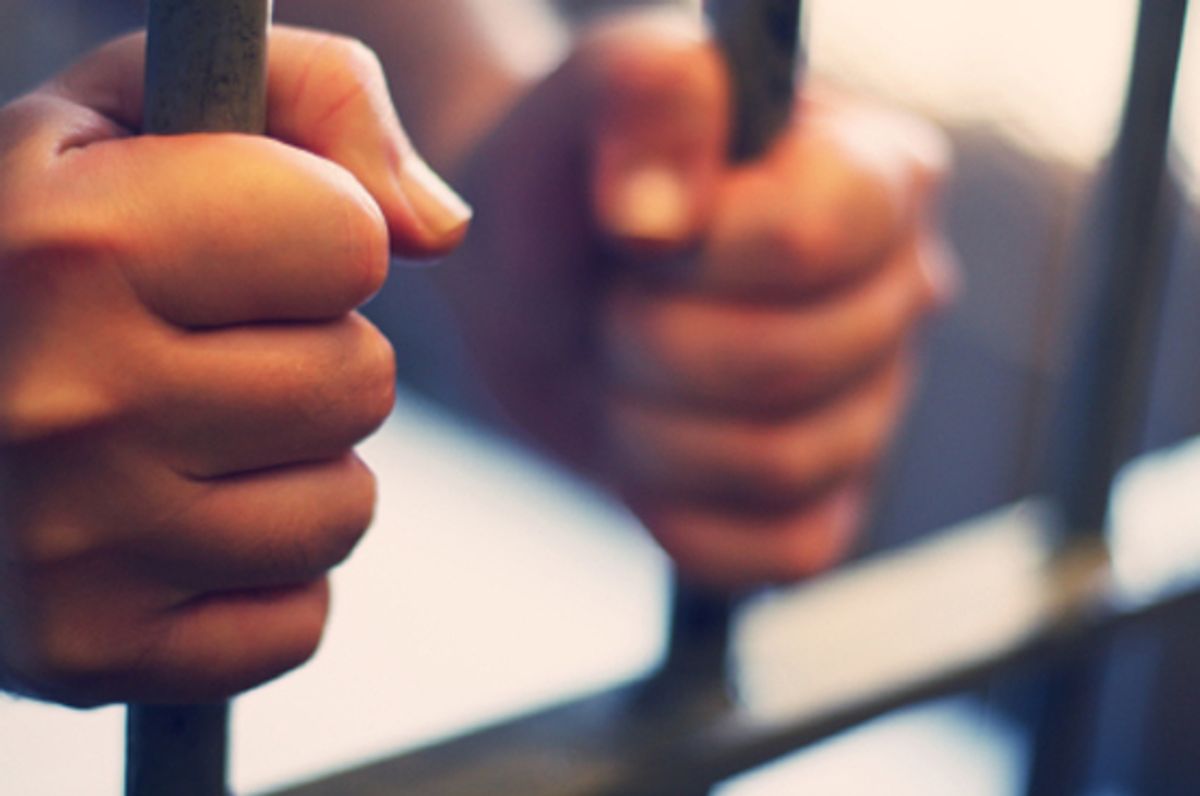Teenagers aren’t known for making extraordinarily good decisions. They’re stereotypically known to do somewhat idiotic things, like, for instance, drunkenly stealing a llama and taking it for a tram ride. They have a tendency to do impulsive, risky things—one study puts teens’ risk of getting themselves killed at 200 percent greater compared to children.
Why are teens so prone to risk-taking compared to either their childhood or adult selves? Younger kids don’t have the same propensity for risk-taking, though their brains are also developing. As a pair of researchers told a meeting of the Society for Neuroscience this week, it might be that teenagers’ brains have to work harder to keep their impulses in check, making them react more impulsively in threatening situations.
Neuroscientists Kristina Caudle and BJ Casey of Weill Cornell Medical College discussed their work on the teenage brain and self-control. In emotionally cool situations, “the teen appears to be capable of acting rationally and making optimal decisions,” as they wrote in an April 2013 paper. However, when things get emotional, many teenagers have more difficulty with self-control.
"Teenagers tend to be drawn to danger. It’s as if they can’t helps themselves.”

Teens
Punch via
In a more recent unpublished study, presented at the Society for Neuroscience meeting this week, they used an image of an aggressive face as an emotional cue to test how teenagers reacted in a threatening situation. When participants were shown a neutral face, they were instructed to press a button, but told to avoid pressing the button if they saw the aggressive face. Teens were around 15 percent more likely to react and press the button when they saw the aggressive face compared to children or adults in the study. Those teens who did manage to control their reaction and not press the button showed higher activity in the brain’s ventromedial prefrontal cortex region, a portion of the brain implicated in controlling emotional responses. Because of changes in this region of the brain, teenagers might get an emotional reward from dangerous activities.
"Teenagers tend to be drawn to danger,” Casey, who direct's Cornell's Sackler Institute for Developmental Psychobiology, told Popular Science. “It’s as if they can’t helps themselves.” That’s not to say they can’t be trusted to make any decisions whatsoever, just that those abilities “might be compromised in emotional setting.” Though teenagers might be at the healthiest and quickest stage of their life, she says, “in the heat of the moment, they falter. We don’t tend to do that as much as adults.”

Impulse Test Accuracy Across Age
Performance on a go/no-go task used to measure impulse control, ordered by age of participants. Data taken from
Hare et al. and the National Research Council.
Caudle & Casey, April 2013
This temporary developmental difference has implications for how we treat teenage criminals. “Crimes are often committed in emotionally charged or threatening situations, which push all the wrong buttons for reasoned decision-making in the adolescent brain,” as Caudle told the Society for Neuroscience.
Building on Casey and Caudle's work, an ongoing research project from the MacArthur Foundation Research Network on Law and Neuroscience is seeking to determine whether or not teens really are more likely to engage in risky criminal behavior because of the way their brains are developing. A combined effort between legal scholars and scientists like Casey, the network is conducting a study of 250 subjects between the ages of 10 and 25 years old, assessing impulse control, sensation seeking and decision making in emotionally charged situations.
"You start to see the increase in criminal activity around 14 or 15, and a decrease around the 20s,” Casey explains. “We want to show that this is phasic or transient exploration, and experimentation is somewhat of a normal phase of adolescence.”
Casey and her colleagues will be collecting data for about the next year and a half, but the ultimate goal is to be able to influence juvenile justice policy with empirical data on how emotional settings might compromise a teen’s decisions. "We’re just really trying to see what impacts decision-making during this time,” she says.
![]()



Shares